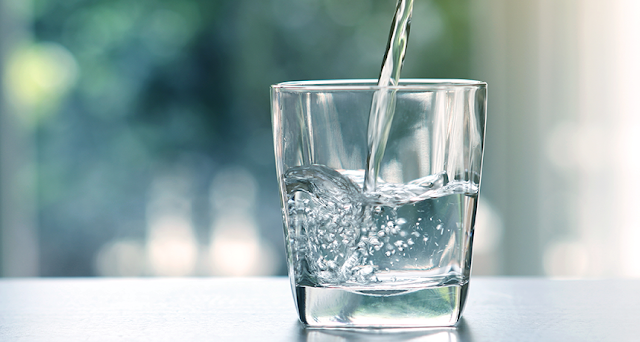What is dialysis?
Dialysis largely restores kidney functions in patients with chronic renal failure. Hemodialysis and peritoneal dialysis take over the basic functions of the kidneys by removing waste materials, toxins, excess salt and fluids from the body.
Dialysis treatment does not replace all the functions of the kidneys, which means that patients must take certain medications regularly. These include antihypertensive treatments, drugs that lower blood phosphate levels, vitamins, and drugs that increase the production of red blood cells to prevent anemia.
How is dialysis applied?
Dialyzers in hemodialysis
A dialyzer is an artificial filter containing fine fibers. The fibers are hollow with microscopic pores in the wall, also known as the semipermeable dialysis membrane. To remove toxins during hemodialysis, a special dialysis fluid flows through the filter and washes the fibers from the outside as blood flows through the hollow fiber. Due to the semi-permeable dialysis membrane, toxins, urea and other small particles can pass through the membrane.
How does dialysis remove waste and toxins from the body?
The transfer of metabolic toxins from the membrane to the dialysis fluid is based on natural processes. This process is known as diffusion. When blood and dialysis fluid with different concentrations of molecules are separated by a semipermeable membrane, the molecules move across the membrane to a lower concentration. However, large proteins and blood cells are too large to pass through the small membrane pores, so they remain in the blood.
An artificial membrane (a dialyzer) is used in hemodialysis. In contrast, it is used as a natural semipermeable dialysis membrane in peritoneal dialysis (the peritoneum surrounding the abdominal walls).
How is excess water removed from the body in dialysis?
Patients with chronic kidney failure often have problems with excess fluid because they have problems with urination.
During peritoneal dialysis, sugar is added to the dialysis fluid to remove excess water from the body. Since sugar molecules cannot easily pass through the peritoneal membrane, body water moves from the peritoneum into the dialysis fluid to compensate for the difference in fluid concentration. This process is known as osmosis. By constantly bringing in fresh dialysis fluid, excess water that the kidneys cannot remove (and will collect in the body) can be removed from the blood.
In hemodialysis, if the pressure outside the hollow fiber is lower than inside, body water is removed from the blood flowing through the hollow fiber. This process is called ultrafiltration and it removes excess water from the body.
Convection as an effective way of performing hemodialysis
Another process that can be used in hemodialysis is convection. Convection plays an important role in hemodiafiltration , a particularly effective type of hemodialysis . In convection, water is pushed through the membrane using hydrostatic pressure. Together with the water, this pressure drags toxins and waste molecules across the semi-permeable membrane.























+ There are no comments
Add yours